The Australian Urban Observatory is a digital liveability planning platform that transforms complex urban data into easily understood liveability maps across Australia’s 21 largest cities. The Observatory draws on over 10 years of policy-relevant research and is located within the Centre for Urban Research at RMIT University.
More information is also provided in our FAQs section and a summary is available here.
The Observatory maps key liveability indicators found to be associated with health and wellbeing, and provides a clear understanding of the liveability of cities. The Observatory provides information and understanding to support resource allocation, future policy action and support to create equitable, healthy and liveable places.
Our aim is to share the knowledge gained through our research with residents and decision makers to improve health and liveability across communities.
Support Us
The Australian Urban Observatory is a not-for-profit platform developed at RMIT University. Access to liveability indicators is free for Local Government Areas. Access to liveability indicators for Suburbs and Neighbourhoods is only available to those who become a Funding Partner of the Observatory. All partner funding is reinvested back into further development of the Observatory, ongoing updates and improvements and new liveability indicators. This will enable the long-term sustainability of the platform and measure and monitor progress in liveability in Australian cities over time.
History
The creation of the Australian Urban Observatory is the first time that health-related liveability indicators have been made available on spatial maps for Australia’s largest cities. The name of the Observatory is in honour of Sir Patrick Geddes (1854-1932), a Scottish pioneer of urban planning also described as a sociologist, biologist, conservationist, educationist, and ecologist. Sir Patrick Geddes aimed ‘to see life whole’ by observing and understanding people in their natural, built, and social environments. The Observatory is also based on a long history of spatial mapping in public health beginning with Hippocrates through to Dr John Snow’s famous cholera maps of 1850’s London that paved the way for modern water and sanitation infrastructure.
People
The Australian Urban Observatory is based within the Centre for Urban Research at RMIT University. The platform has been developed over a 3-year period (2017-2020) and will continue to develop and expand over time.
Australian Urban Observatory team members include:
Professor Melanie Davern, Director
Dr Alan Both, Senior Research Fellow
Rebecca Roberts, Spatial Analyst
Dr Ori Gudes, Research Fellow
Dr Jessica Rivera Villicana, Research Fellow
Brigid Papaix Knowledge Broker & Partnerships Manager
Katherine Murray, Special Projects Manager
Maria Sortino, Partnerships Development Coordinator
If you have a question that is not outlined in our FAQs page, feel free to contact us.
Foundation Funding Partners and Supporters
We gratefully acknowledge support from the following founding funders and research partners:
National Health and Medical Research Council (NHMRC) supported Centre of Research Excellence in Healthy Liveable Communities;
Clean Air and Urban Landscapes Hub (CAUL) of the National Environmental Science Program;
NHMRC funded The Australian Prevention Partnership Centre (TAPPC) and its funding partners including VicHealth and SA Health;
RMIT University and the Urban Futures ECP;
The National eResearch Collaboration Tools and Resources (Nectar) cloud infrastructure and Australian Research Data Commons (ARDC).






